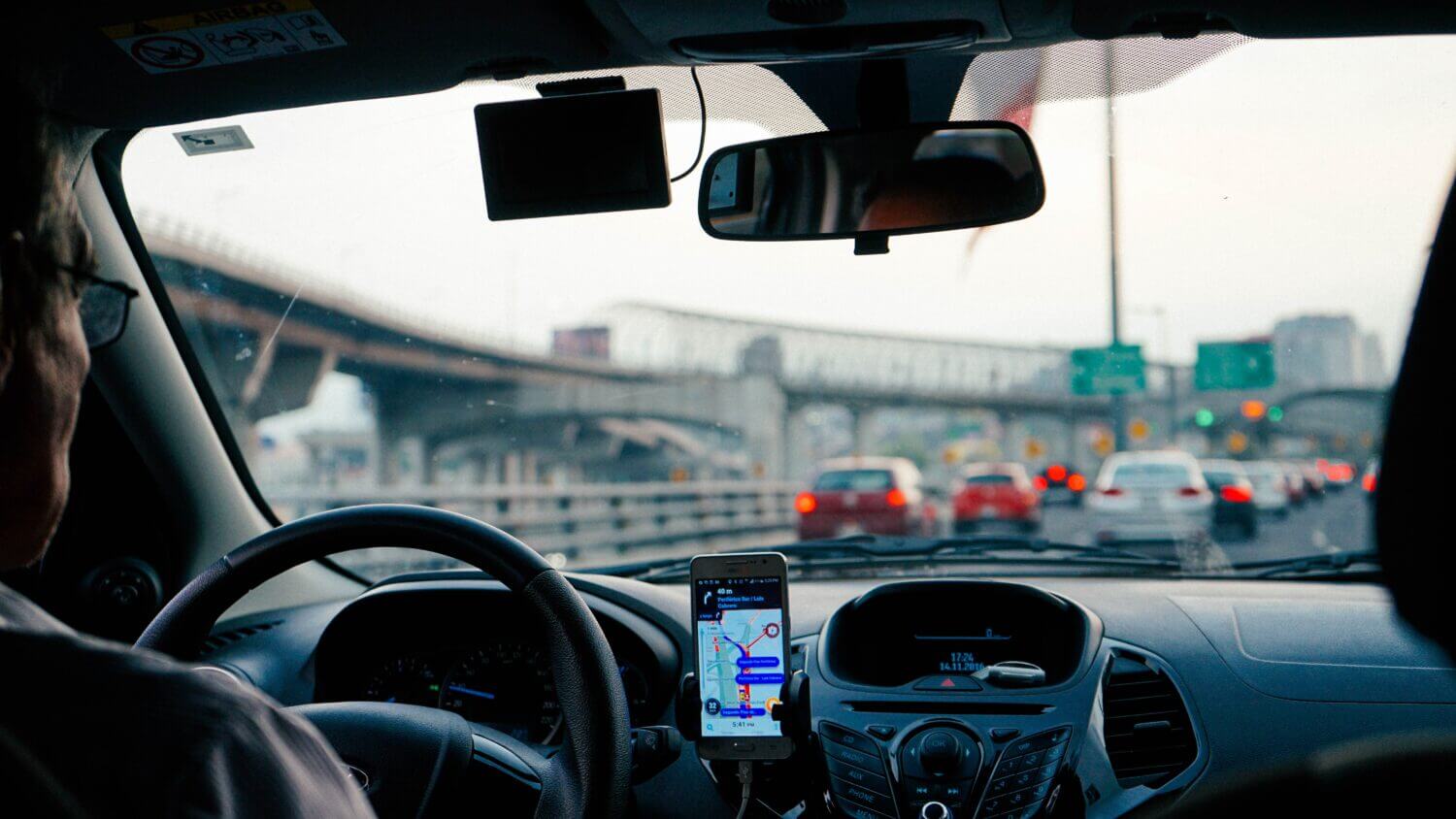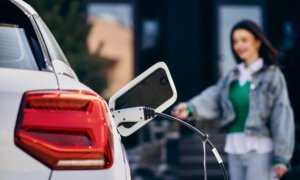Crawford boasts that his Hyundai Ioniq Plug-in Hybrid costs “honestly, pennies a week” to operate. “In-town rides, which are the majority of my rides, are all-electric. I can fully charge the battery for less than a dollar, and I can do probably 6 to 8 rides on a full charge.” Crawford notes that because he drives a PHEV, even on busy days he’s saving money. “The car will get over 1,000 kilometres on a tank just as a hybrid, and costs maybe $40 to fill. So, a heavy day of driving might cost $10 to $15 in gas, but bring in $150 to $200. It’s not typical Uber mileage, but it’s an incredibly fuel-efficient car.”
Driving a gas-powered car will increase expenses compared to electric vehicles (EVs) or plug-in hybrid vehicles (PHEVs), so it’s important for drivers to use a vehicle that’s fuel efficient. Jo Forte, who drives a Ford Focus, says, “I have an extremely fuel-efficient car. My guess might be about a quarter of my earnings [is spent on fuel].”
The annual operating costs of a vehicle will vary depending on the make and model one drives. The Canadian Automobile Association (CAA) has an online car costs calculator which can provide an estimate of annual operating costs for virtually all makes and models. For example, a 2019 Hyundai Elantra driven 30,000 kilometres per year would have annual costs of $11,931.51, while a 2019 Ford Escape AWD driven the same kilometres would come in at $12,732.13.
And then there are the extras. The quest for 5-star reviews from passengers means that drivers like to offer things like bottled water or snacks as part of their service, but those also take away from their profit. Jo Forte offers both Samsung and Apple car chargers for her passengers. John Crawford does too, and goes even one step further: “I also have a Bluetooth karaoke microphone for medium or longer rides. Passengers can load up YouTube on a spare iPhone I keep in the car, or theirs, and sing whatever song they want.”
The cost of meals and snacks also need to be considered. Most drivers interviewed for this story prefer to brown-bag it or even drop back home for food, but Joe from Ottawa (who asked that we not use his last name) says he spends about $125 a week on food for himself, as well as snacks and water for his passengers.
Uber sees drivers as independent contractors instead of employees, so side-hustlers need to be aware of the financial reporting requirements of being essentially self-employed. Based on a CRA ruling in 2017, all ridesharing apps must collect HST/GST; these taxes are collected by the company, then given to the individual drivers along with their earnings. That means the responsibility of managing and submitting HST/GST payments and other expenses related to their driving falls to the individual. This is where a good bookkeeper comes in handy—but that, too, comes at a cost. A typical small business might pay $100 to $300 per month for a bookkeeper, but find it worth the money to know they are avoiding any dangerous financial reporting errors.
Proper accounting and tax filing can also prevent legal hassles. Jason Rosen, founding partner at the Rosen Kirshen Tax Law firm in Toronto, has seen an increase in business coming from Uber drivers who got themselves into trouble with the Canada Revenue Agency due to improper financial reporting. He says his advice to drivers is simple: “Don’t manage the bookkeeping yourself. Seek the guidance of a professional who can help with maximizing deductions and maintaining compliance. Doing it right might add to the expenses, but it’s likely far less than it would be in penalties for doing it wrong.”
You can’t legally drive in this country without insurance, and when it comes to ridesharing, the matter can become complicated. In Uber’s early days, there was a lot of confusion about whether a driver’s personal auto policy offered sufficient coverage. Over time, it was determined that drivers actually need both a personal and a commercial policy, since their personal car becomes a business vehicle every time the ridesharing app is activated.












Like to enjoy the time thank you